12 Tips for Finding and Fixing Leaks in Your Roof
A leaky roof can quickly turn a cozy home into a damp disaster. Water stains on the ceiling, soggy insulation, or a musty attic smell are warning signs that demand action. This guide offers 12 practical tips to help homeowners spot and fix leaks, whether handling a quick patch or calling a roof repair company. With a troubleshooting table, a seasonal maintenance checklist, and a decision-making tool, this post equips you with everything needed to tackle leaks confidently and keep your home dry.
1. Start the Search in the Attic
Head to the attic with a flashlight to find the source of a leak. Look for wet spots, stained wood, or mold on rafters and insulation. Water can travel along beams, so a ceiling stain might trace back to a leak several feet away. Checking during rain helps spot active drips, making it easier to pinpoint the problem.
2. Stay Safe While Inspecting
Safety comes first when checking for leaks. Use a sturdy ladder with non-slip feet, secured with a stabilizer for stability. On steep roofs, wear a safety harness and avoid working in wet or windy weather. Non-slip shoes and a helper nearby add extra protection, ensuring you can inspect the roof without risking a fall.
3. Check Roof Penetrations
Vents, chimneys, and skylights are prime spots for leaks because their flashing can rust or loosen. Look for cracks or gaps in the metal or rubber seals around these areas. Replacing a damaged seal with a durable option, like those from trusted brands, can stop water fast. If climbing the roof feels risky, a roofing repair professional can take over.
4. Inspect Shingles and Tiles
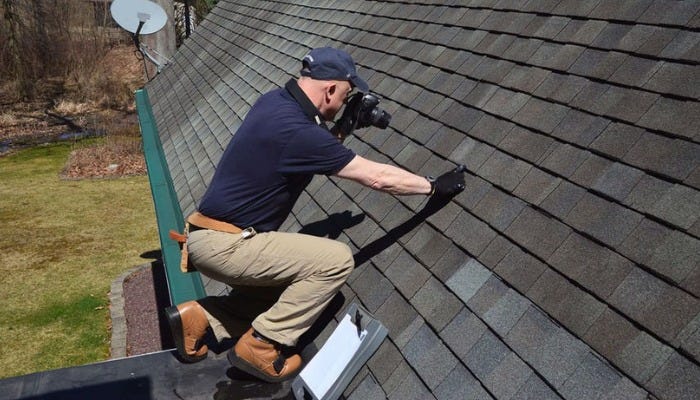
Cracked, curled, or missing shingles let water sneak in. Use binoculars or walk the roof carefully to spot damage, especially in areas exposed to heavy sun or wind. Replacing a shingle is a doable roof repair task: lift the damaged one, remove old nails, apply sealant, and secure a new shingle for a watertight fix. If you’re unsure about the damage or need a professional opinion, schedule a free roof inspection with Procraft Home Products.
5. Examine Roof Valleys
Valleys, where roof slopes meet, handle heavy water flow and can leak if flashing or underlayment fails. Clear debris like leaves or twigs that trap water, which can seep under shingles. Keeping valleys clean prevents hidden leaks that lead to costly damage over time.
6. Keep Gutters in Check
Clogged gutters cause water to pool, seeping under shingles or into walls. In winter, this can create ice dams that push water into the attic. Clean gutters every spring and fall to ensure proper drainage. Checking for loose gutter seams during cleaning can also stop water from creeping into the home.
7. Fix Nail Pops
Nail pops occur when nails loosen, lifting shingles and exposing the underlayment. Look for raised or missing nails in damaged areas. To fix, lift the shingle gently, remove the nail, apply roofing sealant, and secure a new shingle. This quick roofing repair can prevent small leaks from becoming big problems.
8. Apply a Temporary Patch for Emergencies
When a leak hits during a storm, a temporary patch can save the day. Spread roofing tar over small holes, then cover with a scrap shingle or plywood, sealing the edges tightly. This emergency roof repair buys time until a permanent fix is possible, but don’t let it become a long-term solution.
9. Opt for Eco-Friendly Sealants
For small leaks, choose low-VOC sealants that are better for the environment. These durable products outperform traditional caulk, which can crack quickly, and are widely available at hardware stores. Using eco-friendly sealants supports sustainable leaking roof repair while keeping the home dry.
10. Decide Between DIY and Professional Help
Not sure whether to tackle the repair or call a pro? A decision tree tool, available on the ProCraftHomeProducts.com resources page, guides you through key questions: Is the leak small and easy to reach? Comfortable with ladders? For complex areas like valleys or widespread damage, a roof repair contractor is the safer choice. This tool helps make smart decisions without risking costly errors.
11. Hire a Trusted Roof Repair Contractor
For major leaks or steep roofs, professional roof repair services are the way to go. Search “emergency roof repair near me” on Google Maps or ask neighbours for recommendations. Compare quotes from at least three roof repair contractors, asking about warranties, experience, and seasonal discounts to save money. Verify licenses and check reviews to ensure quality work that lasts.
12. Follow a Seasonal Maintenance Plan
Prevent leaks with a year-round plan, including attic ventilation to reduce heat and moisture buildup. Check soffit vents for blockages and ensure proper airflow to avoid trapped humidity, a common leak cause. Use this checklist to keep the roof in top shape:
- Spring: Inspect shingles and flashing; clear debris.
- Summer: Check vents and chimneys; trim overhanging branches.
- Fall: Clean gutters; secure loose nails.
- Winter: Monitor for ice dams; ensure attic ventilation. Download a detailed checklist from the ProCraftHomeProducts.com resources page for easy planning.
Troubleshooting Common Leak Symptoms
To help diagnose leaks quickly, use this table to match symptoms to likely causes and solutions:
| Symptom | Likely Cause | Solution |
| Ceiling stain far from walls | Leaky roof penetration (vent, chimney) | Inspect and reseal flashing |
| Water near exterior walls | Clogged gutters or ice dams | Clean gutters; install ice-and-water barrier |
| Damp attic insulation | Valley or shingle failure | Check valleys; replace damaged shingles |
| Musty smell in attic | Poor ventilation causing moisture | Improve attic ventilation; check for leaks |
This table, available on the ProCraftHomeProducts.com resources page, simplifies leak detection and guides next steps.
With these 12 tips and troubleshooting tools, homeowners can handle roof leaks with confidence, whether fixing a small drip or hiring trusted roof repair contractors. Stay proactive, keep repair costs down, and protect the home from water damage year-round.


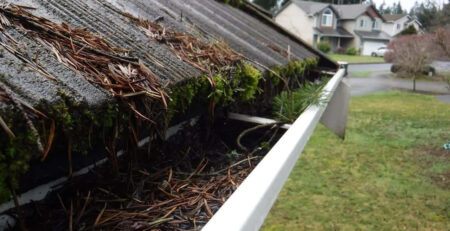
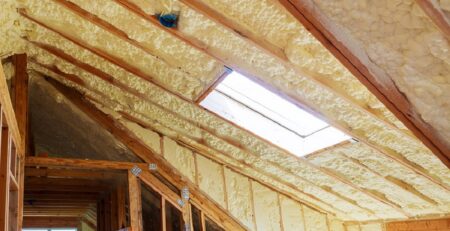

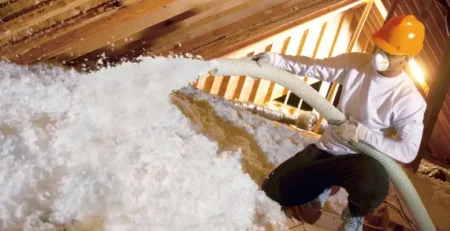


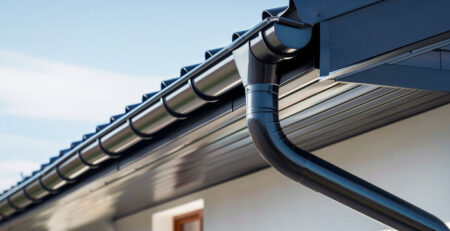



Leave a Reply